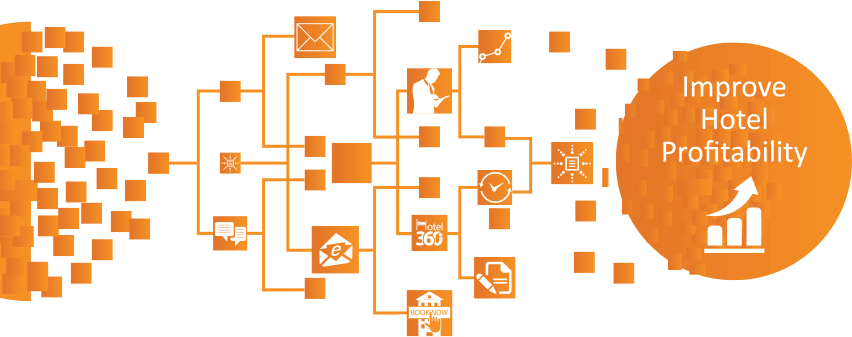
An argument could be made that the hotel industry was late to the revenue management game. While airlines were early to develop dynamic pricing strategies, it wasn’t until much later that hotels began changing rates beyond seasonally.
Since, the industry has made significant advancements. Hotels initially began setting rates by day of week and now change their rates multiple times in one day. Open Pricing — the practice of setting room rates independent of each other, not in lockstep with BAR — has given revenue managers additional flexibility with real-time pricing based on supply and demand.
Today, hotels can set dynamic rates for most channels. The exception has been negotiated contract business, mostly through groups that book in advance and wholesalers.
Until now, it appears. In response to a large push from hotels, it’s no longer unusual to see contracts with flexibility for hotels to adjust the built-in rate.
Revenue managers must convey to the sales team that it’s in the hotel’s best interest to negotiate a dynamic rate in a contract. Sometimes there are limitations.
Wholesalers — typically global affiliates of the largest OTAs that negotiate private, exclusive rates — can sometimes be using antiquated technology that won’t support changing rate all that often.
And although the rate in group contracts rarely changes before arrival, there are strategies hoteliers can use to ensure price always meets market demand and that they’re not undercutting themselves by signing long-term contracts.
For both wholesale and group, it’s important to understand and illustrate to your partners that rates won’t always increase. They may drop, particularly in a volatile economic environment. But a dynamic rate ensures both parties are getting a fair price.
Best practices for negotiating wholesale business
One of the problems with wholesale rates is that they can be contracted out for as long as 18 months.
Read rest of the article at Duetto




